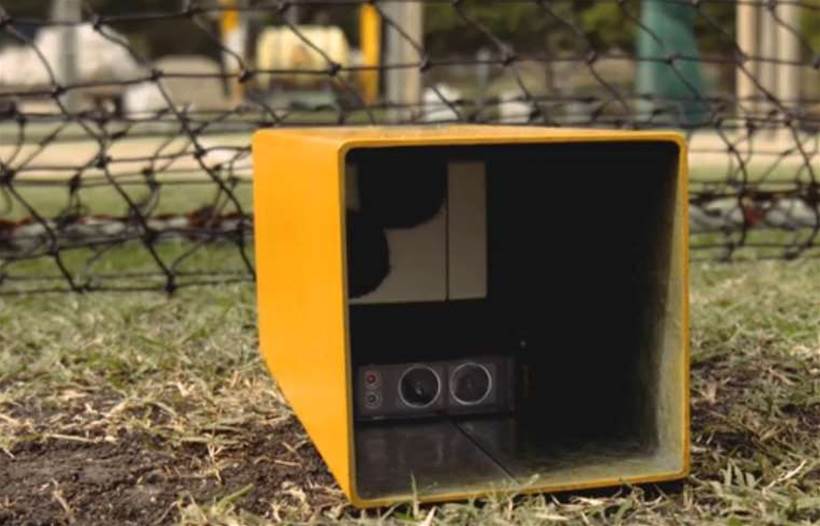Cricket Australia is hoping a simple sensor can prevent Australia’s bowlers from overstepping the crease and bowling no balls.
The device consists of a box that separates into two pieces that are placed at either end of the popping crease line. One end shines a light sensor to a reflector strip on the other side.
“If the bowler's foot crosses the crease, the device emits a loud beep to signal a no ball, alerting the batsman and warning the bowler to pay more attention to the rhythm of their run up,” Cricket Australia said.
The idea for the device came from Cricket Australia sports science and sports medicine manager Peter Blanch, but the prototype had accuracy problems.
Enter QUT's technology transfer company, qutbluebox, which was drafted in to refine the design and technology.
So far, the device is restricted to use in training sessions for Australian and state representative bowlers, and the next generation of “young guns”.
"Being able to objectively determine a no ball is really valuable, even in a nets session,” National Cricket Centre head coach Troy Cooley said.
"This device ends the argument over whether a delivery was a no ball and, more importantly, ensures bowlers are getting feedback on their run up and approach.
"Determining no balls in our game is really important and it's probably become even more important with T20 cricket and one-day cricket where a no ball costs the fielding team a free hit.”
Cooley said the states had each received a device, and “a couple” had also been given to the Australian team to take with them on the road. More devices were held by the centre.
On-field dramas
However, it could be a while before the technology found its way into live games, meaning that unless no balls can be trained out of Australia’s bowlers, fans will remain stuck with video replays to work out if a no ball led to the fall of a wicket.
Video replays alone have so far had a mixed response as a method of determining no balls.
“The practice of using video replays to check for a possible no ball after a batsman has been dismissed has become a blight on Test cricket,” one fan wrote on sports site The Roar.
The fan went on to argue that interminable delays to identify no balls cut the spontaneity from post-wicket celebrations, and that cricket was not “duty bound to use the available technology to police the no ball law.”
However, Cooley told the Brisbane Times that any automated detection of no balls in live games would likely need to rely on video technology in some form.
It seems cricket fans, in general, are not averse to an automated method of detecting no balls. A cricket subreddit last year proposed several possible ways to incorporate sensors at the crease.
One reason for this could be that fans are used to having a variety of different technologies at their disposal to vet wickets.
These include HawkEye, which models the trajectory of the ball, and Snicko, a small microphone inside one of the stumps that measure whether the bat and ball make contact.









